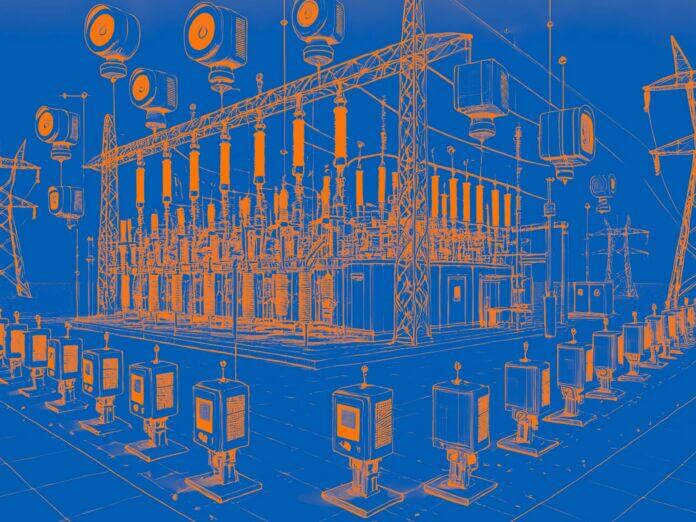
Criton Technology and Automation – October 4, 2024
Collected at: https://www.iotforall.com/empowering-the-grid-iot-substation-monitoring
In the dynamic landscape of energy distribution, the reliable and efficient operation of substations is critical. To meet the demands of modern power grids, utilities are turning to cutting edge technologies, with the Internet of Things (IoT) emerging as a game changer. In this blog post, we explore the significance of IoT-based substation monitoring solutions and how they are changing the way we manage and maintain these vital components of the electrical infrastructure.
The Evolution of Substation Monitoring
Traditionally, substations have been monitored using manual inspections and periodic maintenance routines. However, this approach has limitations in terms of real-time visibility, proactive issue detection, and overall operational efficiency. The integration of IoT into substation monitoring brings a paradigm shift by enabling continuous, automated, and data-driven insights.
Key Components of IoT Substation Monitoring Solutions
1. Sensor Networks
IoT-based substation monitoring relies on a network of sensors placed throughout the substation. Deploying an array of sensors within substations allows for the real-time monitoring of various parameters critical to substation operations. These sensors capture a wide range of data, including temperature, humidity, voltage, current, and equipment status.
2. Communication Infrastructure
The sensors are connected through a robust communication infrastructure, often using protocols such as MQTT or CoAP. This connectivity ensures easy data transmission from the substation to centralized monitoring systems.
3. Edge Computing
Edge computing capabilities are employed to process and analyze data locally within the substation. This reduces latency and allows for quick decision making based on real-time insights.
4. Cloud-Based Platforms
Processed data is then transmitted to cloud-based platforms for further analysis, storage, and visualization. Cloud solutions provide scalability, accessibility, and the ability to harness advanced analytics for predictive maintenance.
5. Predictive Analytics
IoT substation monitoring uses advanced analytics to predict equipment failures or anomalies, enabling strategic maintenance scheduling and reducing downtime and costs.
6. Scalability and Interoperability
The modular nature of IoT solutions allows for scalability, accommodating the addition of new sensors and devices as needed. Interoperability ensures seamless integration with existing substation infrastructure and compatibility with different communication protocols.
Benefits of IoT Substation Monitoring
1. Real-Time Visibility
Continuous monitoring in real-time provides operators with a comprehensive view of substation performance. Any anomalies or potential issues can be identified promptly, allowing for easy intervention.
2. Predictive Maintenance
By leveraging data analytics and machine learning, IoT-based solutions enable predictive maintenance. This approach helps utilities anticipate equipment failures, reduce downtime, and optimize maintenance schedules.
3. Efficient Resource Allocation
With insights into equipment health and performance, utilities can allocate resources more efficiently. This includes targeted maintenance, equipment upgrades, and optimized energy distribution.
4. Enhanced Safety
Continuous substation monitoring using IoT minimizes the need for manual inspections in hazardous environments, improving overall safety for maintenance personnel. In case of emergencies, immediate alerts can be triggered for rapid response.
5. Cost Savings
Proactive maintenance and optimized operations translate into cost savings for utilities. Reduced downtime, lower maintenance costs, and improved energy efficiency contribute to a more economically viable power distribution network.
6. Quick Response to Faults
Real-time alerts and remote monitoring capabilities empower operators to respond swiftly to faults or anomalies, minimizing the impact on the electrical grid.
Conclusion
IoT-based Substation Monitoring Solutions are at the forefront of the ongoing transformation in the energy sector. By harnessing the power of data, connectivity, and advanced analytics, utilities can ensure the resilience, efficiency, and safety of their substations.
As we continue to advance in the era of smart grids, embracing these innovative solutions is not just a choice but a necessity for the sustainable and reliable distribution of electrical power. The convergence of IoT and substations for improved monitoring is a testament to the possibilities of technology in shaping the future of our energy infrastructure.

Leave a Reply